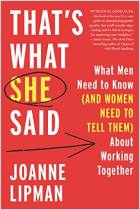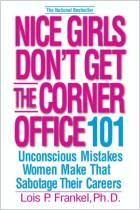Join getAbstract to access the summary!

Join getAbstract to access the summary!
Joan C. Williams and Rachel Dempsey
What Works for Women at Work
Four Patterns Working Women Need to Know
NYU Press, 2014
What's inside?
It’s tougher for women to succeed at work than men. Here’s why – and what you can do about it.
Recommendation
Women must shrewdly manage office politics because, unlike their favored male counterparts, they must cope with gender bias. Hastings College law professor Joan C. Williams and her daughter, Rachel Dempsey, thoroughly explore this unavoidable truth in their intelligent manual for working women. The duo interviewed successful women from a variety of fields and identified four patterns of gender bias: “Prove-It-Again!, The Tightrope, The Maternal Wall and The Tug of War.” They describe each pattern and how it affects working women. Then, they offer strategies to mitigate the effects of gender bias so you can cope with this unavoidable, but not unconquerable, blockade. getAbstract recommends their tactics to working women everywhere.
Summary
About the Authors
Joan C. Williams, founding director of the Center for WorkLife Law at the University of California, wrote Unbending Gender and Family Conflict and What to Do About It. Her daughter and co-author, Rachel Dempsey, is a law student at Yale University.





















Comment on this summary